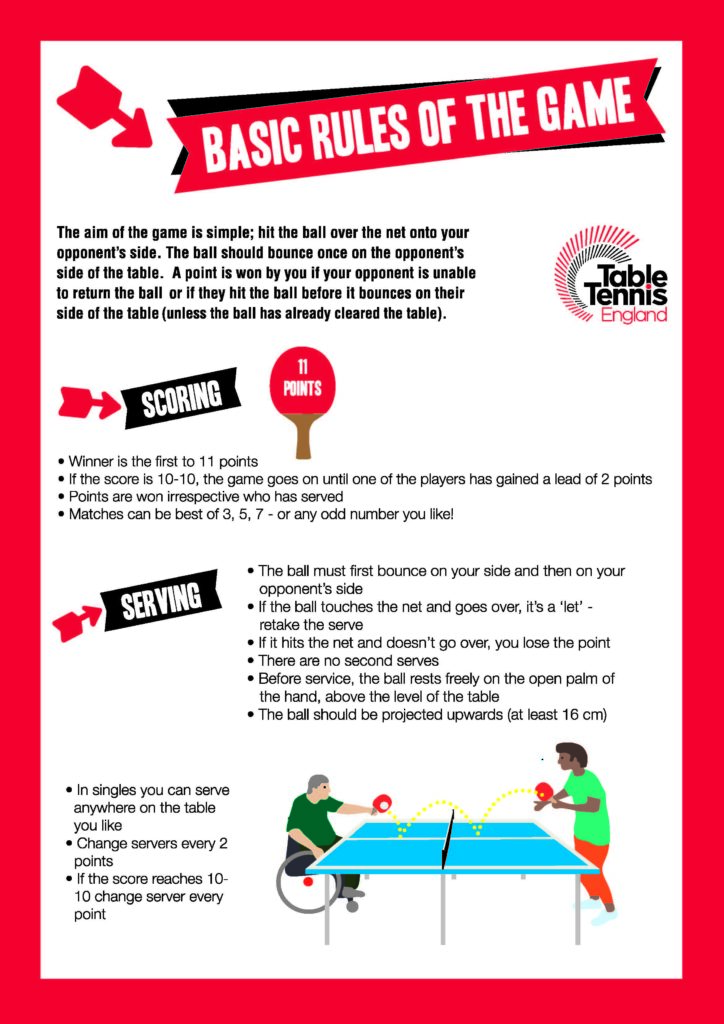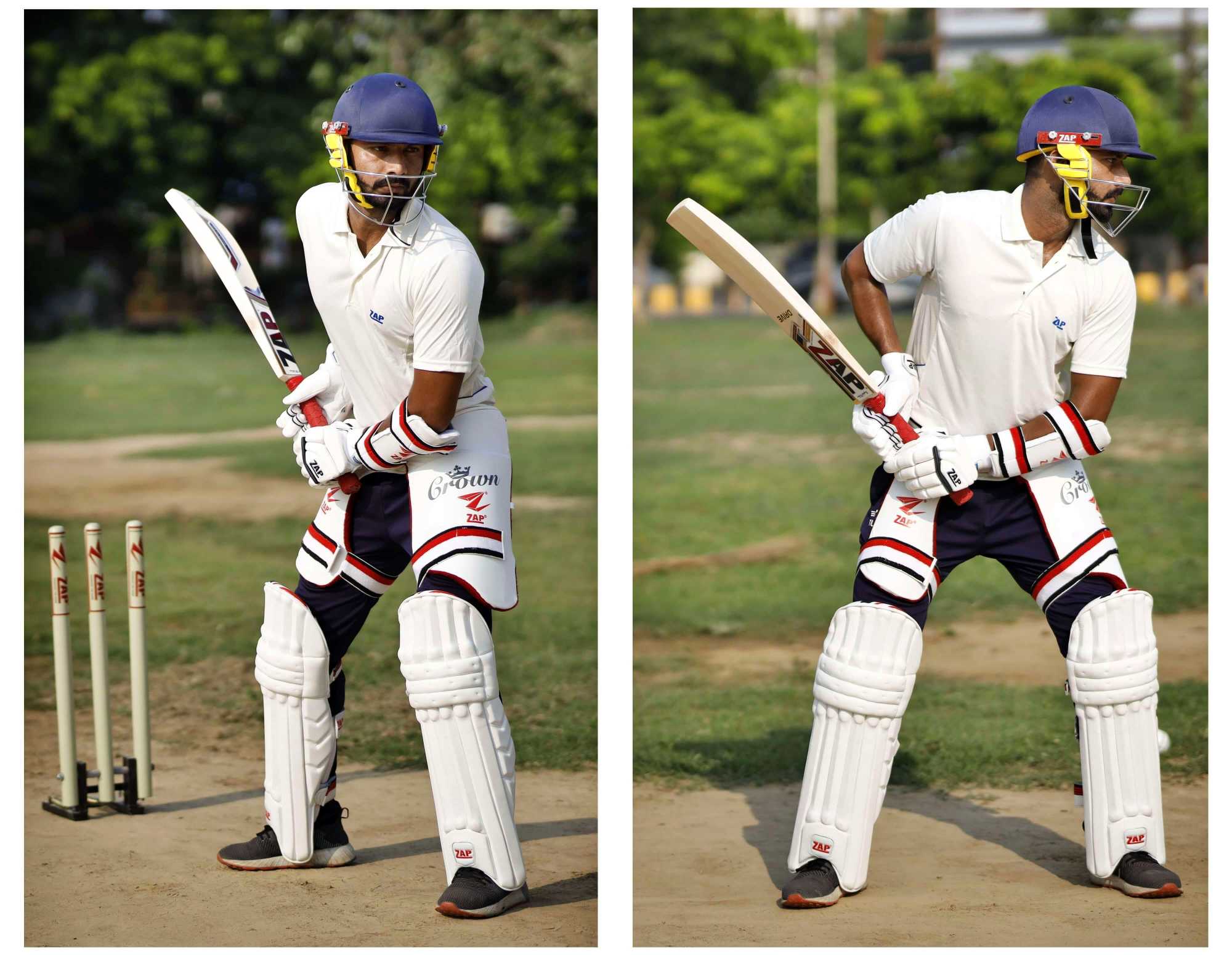
Mastering the Plate: A Comprehensive Guide to Baseball Batting Drills
Baseball, a game of inches and milliseconds, demands precision and power from its hitters. While natural talent plays a role, consistent practice through targeted drills is the key to unlocking a batter’s full potential. This comprehensive guide explores a range of batting drills, categorized for clarity and effectiveness, suitable for players of all skill levels, from little league to professional ranks.
I. Fundamental Drills: Building the Foundation
Before tackling advanced techniques, mastering the fundamentals is paramount. These drills focus on proper stance, grip, and swing mechanics, forming the bedrock of a successful batting approach.
-
Soft Toss: This classic drill involves a coach or partner gently tossing the ball underhand to the batter. The focus is on maintaining a consistent, controlled swing, emphasizing proper weight transfer and follow-through. Variations include adjusting the toss height and speed to simulate different pitch types. The emphasis is on feel, not power. This drill is excellent for correcting swing flaws and developing muscle memory.
-
Tee Work: Using a tee allows the batter to concentrate solely on their swing path and contact point. Start with slow, controlled swings, focusing on driving the ball through the zone. Gradually increase the speed and incorporate variations like hitting to different fields (pull-side, center, opposite field). Tee work helps build strength, consistency, and improves bat control. Experiment with different tee heights to simulate different pitch locations.
-
Dry Swings: These swings are performed without a ball, emphasizing proper mechanics and rhythm. Focus on maintaining a consistent swing path, transferring weight efficiently, and finishing the swing with a strong follow-through. Dry swings help to build muscle memory and improve timing without the added complication of ball contact. Pay close attention to the feeling of the swing and any inconsistencies.
-
Mirror Work: Standing in front of a mirror allows the batter to visually assess their swing mechanics, identifying flaws in their stance, grip, or swing path. This is a valuable tool for self-correction and improving body awareness during the swing. Record yourself swinging to gain an objective view of your mechanics.
II. Advanced Drills: Refining Technique and Power
Once the fundamentals are solid, these drills refine technique, enhance power, and prepare the batter for game-like situations.
-
Front Toss: A coach throws the ball underhand from a closer distance, simulating a fastball. This drill emphasizes quick hands, bat speed, and reaction time. It’s crucial to maintain proper mechanics even under pressure. Variations include throwing the ball with different speeds and locations to improve pitch recognition.
-
Weighted Ball Drills: Using a heavier bat strengthens muscles and improves swing power. However, it’s crucial to maintain proper mechanics to avoid developing bad habits. Use weighted balls sparingly and focus on maintaining control and consistency.
-
Plyometric Drills: These drills focus on developing explosive power and improving bat speed. Examples include medicine ball throws, jump squats, and box jumps. These exercises improve overall athleticism and contribute to a more powerful swing.
-
Situational Hitting: Simulate game-like scenarios, such as two outs, bases loaded, or runners on base. This helps the batter develop mental toughness and strategic decision-making under pressure. Practice hitting to specific gaps or locations depending on the game situation.
-
Visualisation Drills: Mentally rehearse successful at-bats, visualizing the pitch, the swing, and the result. This enhances focus, concentration, and confidence. Visualisation can be done before practices, games, or even during downtime.
III. Specific Drill Focus: Addressing Common Issues
Many batters struggle with specific aspects of their swing. These drills target common problems:
-
Uppercut Swing: To correct an uppercut, focus on a level swing path, emphasizing a flat bat plane through the hitting zone. Use slow-motion video analysis and focus on maintaining a consistent hand path.
-
Casting: Casting refers to throwing the bat rather than swinging it. Address this by focusing on keeping the hands inside the baseball, maintaining a controlled swing, and resisting the urge to rush the swing.
-
Pulling Off the Ball: This often occurs when the batter is anxious or trying to hit the ball too hard. Work on maintaining a consistent hand path, focusing on making solid contact, and resisting the urge to pull off early.
-
Swinging at Bad Pitches: Practice discipline and patience. Work with a coach on pitch recognition and identify which pitches to swing at and which to lay off. Use a pitching machine to simulate various pitches and work on selective hitting.
IV. Beyond the Drills: The Holistic Approach
Effective hitting isn’t solely about physical drills; it involves mental preparedness and physical conditioning.
-
Strength and Conditioning: A well-rounded strength and conditioning program improves power, speed, and flexibility, enhancing overall batting performance. Focus on exercises that build leg strength, core stability, and upper body power.
-
Flexibility and Mobility: Proper flexibility enhances range of motion, leading to a more fluid and powerful swing. Incorporate stretching and mobility exercises into your training routine.
-
Mental Game: Confidence, focus, and mental toughness are essential for success. Develop strategies for managing pressure, staying positive, and maintaining composure during games.
V. Conclusion: Consistent Effort and Adaptation
Mastering baseball hitting is a journey, not a destination. Regular practice, focusing on the drills outlined above, coupled with a holistic approach to training, will significantly improve batting performance. Remember to adapt drills based on individual needs and strengths, and always seek feedback from coaches and experienced players. Consistent effort, combined with a dedication to refining technique and developing mental fortitude, will pave the way to hitting success. Continuously analyze your swing, identify areas for improvement, and consistently work on refining your technique. The journey to becoming a proficient hitter is a continuous process of learning and adaptation.



